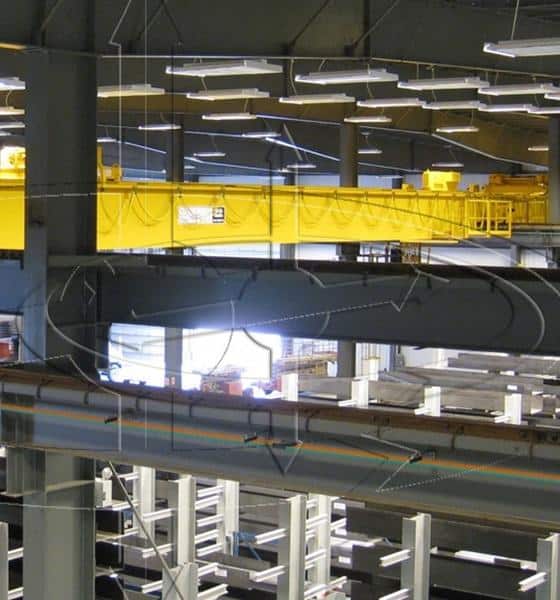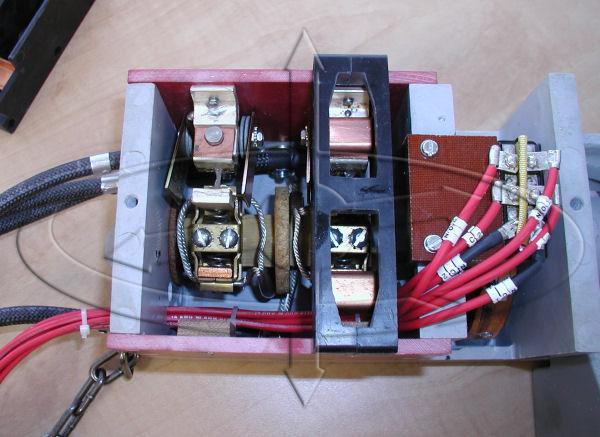
Crane Two Blocking Problem Solved with Hubb …
Crane Two Blocking Problem Solved with Hubbell Limit Switch
Use of Power Circuit Limit Switches with Flux Vector Drives in Molten Metal Hoist Applications
Recently, Engineered Lifting Systems fielded a call from a customer with production that includes the hoisting of molten metal. The question was raised regarding the use of a power circuit limit switch (upper limit) on a Magnetek variable frequency drive controlled hoist.Over the years, it has been my experience that the majority of hoists handling molten metal use an upper power circuit limit switch as the final means of preventing a “two-blocked” condition. Two-blocking is the term referring to the event when the hoist raises the bottom block until the bottom block applies force to the hoist unit itself, or the support structure for the hoist.
You cannot “break” the motor leads from a variable frequency drive to a motor in operation without damaging the drive. The customer asked for an opinion on the application and how to solve the problem.
To begin, there are several requirements of OSHA to remember on any hoist application. First, 1910.179(n)(4)(i) states:
“At the beginning of each operator’s shift, the upper limit switch of each hoist shall be tried out under no load. Extreme care shall be exercised; the block shall be “inched” into the limit or run in at slow speed. If the switch does not operate properly, the appointed person shall be immediately notified.”
This means that a limit switch must be available for the operator to test at the beginning of ever shift. Typically, this would be a rotary geared limit, set below (in elevation) any upper paddle or power circuit limit switch.
Next, it is important to remember 1910.179(n)(4)(ii),
“The hoist limit switch which controls the upper limit of travel of the load block shall never be used as an operating control.”
Originally in ANSI Z241.2 (a standard which has been discontinued) and now in ASTM (originally known as the American Society for Testing and Materials) there is a standard for molten metal hoists. The standard is E 2349-05 and available directly from ASTM at their website www.astm.org.
Section 9.5.4.1 (1)
“The lifting mechanism of any hoist handling hot molten materials shall be provided with an upper overtravel limit device to stop lifting motion. This device shall directly interrupt power to the hoist motor without the use of auxiliary devices and shall not be used as an operating control. When a limit switch is used as an operating device, a second switch shall be used as the upper operating limit;”
If using this standard, we suggest to users that they employ a geared limit switch for testing at the beginning of every shift, and a power circuit limit switch as a back-up when handling molten metal with a hoist.
When using a variable frequency drive, you do not want to break the leads from the drive to the hoist motor while the drive is controlling the motor. Newer power circuit limit switches can be provided with a control circuit element that breaks just prior to the power leads being broken to the motor. These control circuit wires would “base block” the drive just prior to the motor leads being disconnected, thus saving the drive and motor from any damage.
Below is a drawing of a typical wiring arrangement for a variable frequency drive used in this type of application, protecting the load, and the equipment.
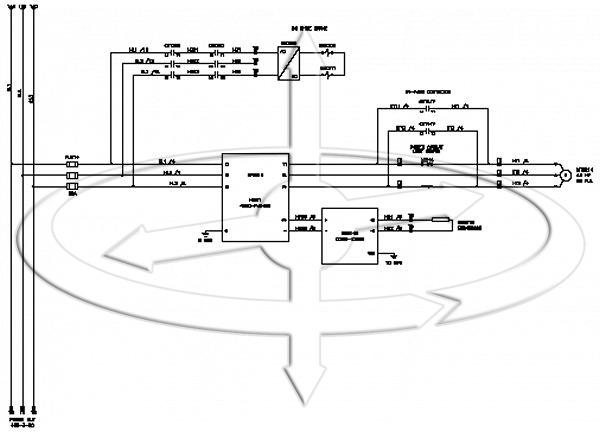
Hubbell manufactures an EBA (Early Break Auxiliary) Power Circuit Limit switch for use with variable frequency drives. Power circuit Limit switches utilize a heavy counter weight for the “opening” action. Below is a picture of a 90 amp limit switch.
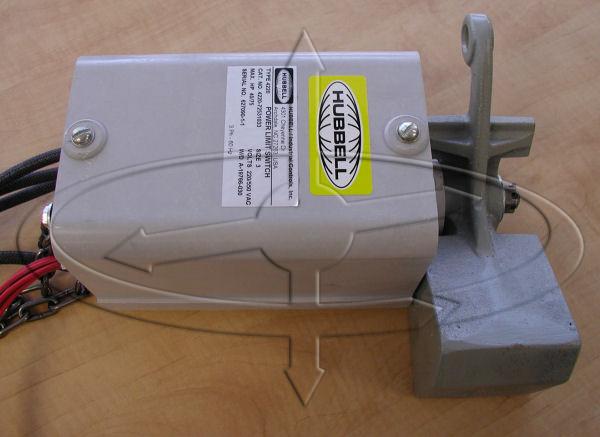
With the cover off, you can see the two main contact points, and the auxiliary contacts.
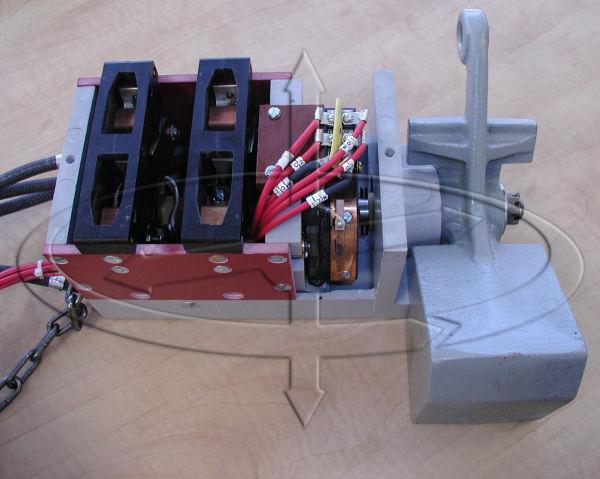
This picture shows the switch in the closed (normal) position. A weight greater than the counter weight normally holds the release arm down.
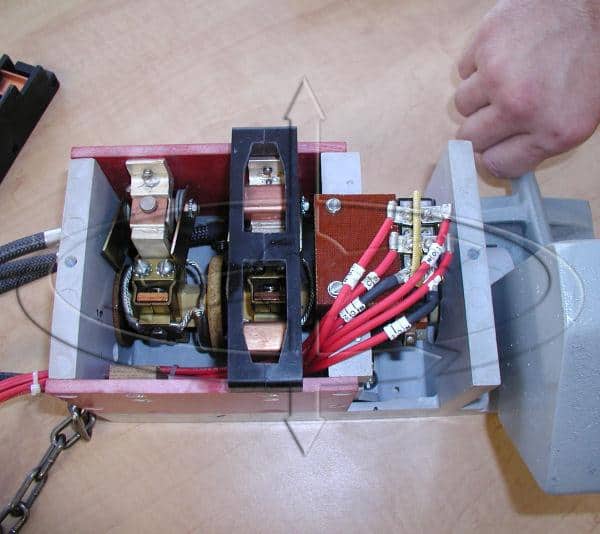
This picture shows the limit in the open position.

If you have any questions on the use of Power Circuit Limit switches or their application, call Engineered Lifting Systems!. We make house calls.
For more information or assistance with your crane, hoist and engineered lifting requirements, please contact Eric Brown.
Recent news posts
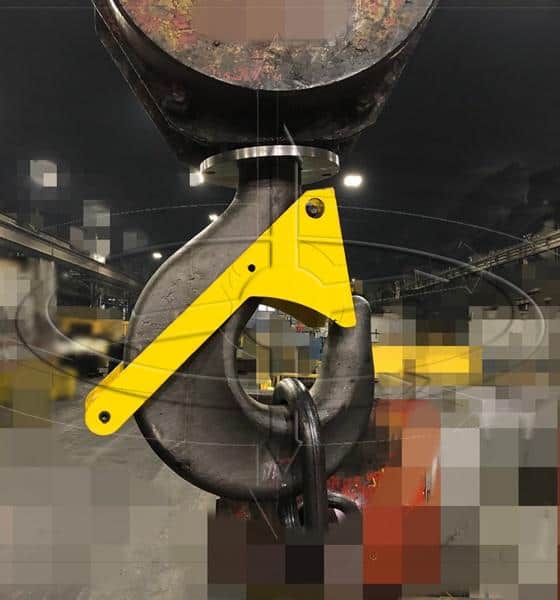
Gravity Latch with Rotation Lock
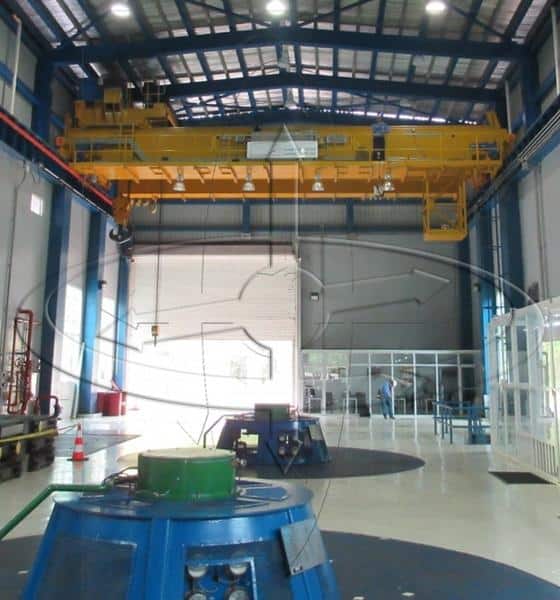
Magnetek Series 3 Drives Using “Motor 2” Option
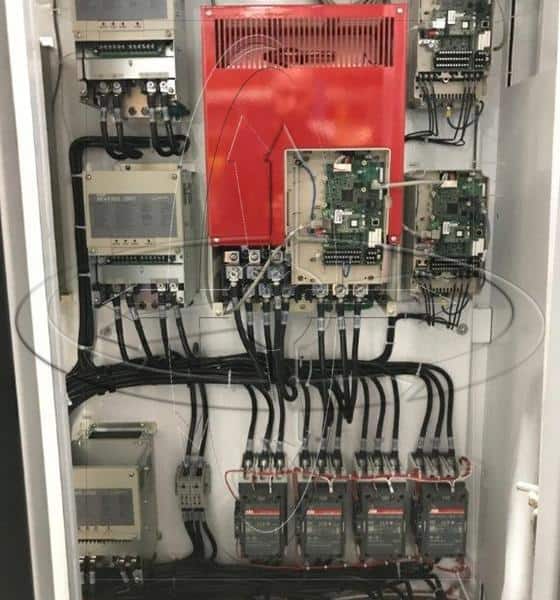
Magnetek Brake Circuit Fusing
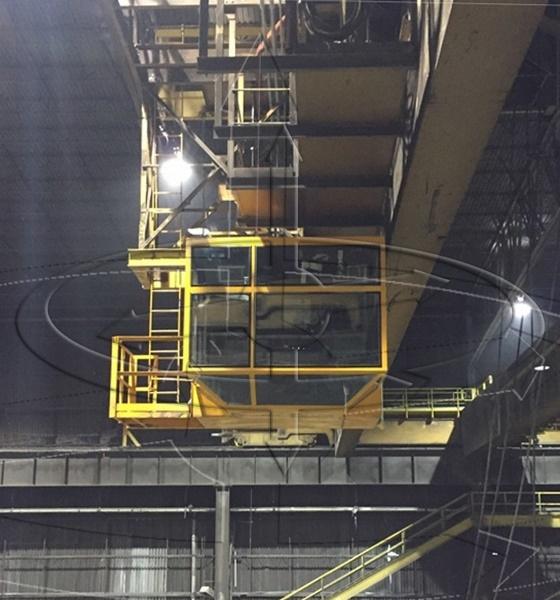
Crane Cab Replacement Improves Function
